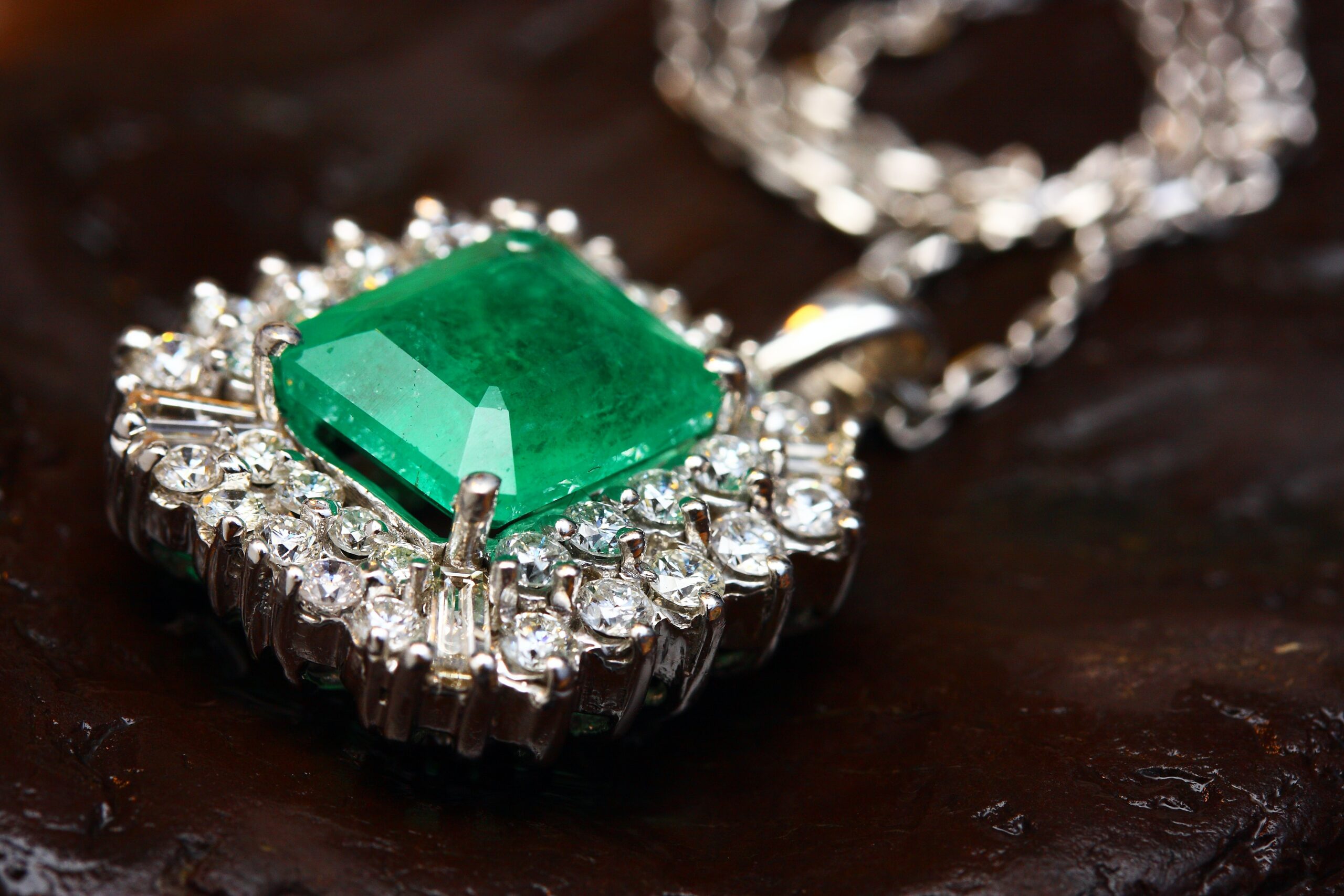There are many different precious stones that are used in jewellery, but they all have one thing in common; they’re sought after not only because of their beauty, but also because of their rarity and value. These are called precious gems, and the rarest ones can be used to form masterpieces of great value.
Introduction
Jewelry is one of the oldest forms of art and it has been around for thousands of years. Jewelry can be made from many different materials, but the most common are precious metals (gold, silver, platinum), semi-precious stones (turquoise, agate), and natural gemstones (diamonds). The most popular gemstone for jewellery is diamonds which are mined from kimberlite ore deposits.
Diamond
The hardness of a diamond is 10 on Moh’s scale (diamonds have a resistance to scratching). Diamonds are valued by the carat which is a unit of measure that reflects the diamonds weight. One carat equals 200 milligrams or 0.007 ounces. There are two scales for measuring diamonds, the Four Cs and the Four Ideals. On the Four Cs, colorless diamonds rank highest, followed by those with slight yellow tint; on the Four Ideals, white stones rank highest, followed by light pink stones; both scales rank black stones lowest.
Ruby
The word ruby is derived from the Latin word ruber which means red. Rubies have a deep red colour, with shades ranging from pale pinkish-red to deep orangy-red. Rubies can be found in different types of gemstones including spinels and sapphires. They are very valuable stones, with some rubies being worth more than their weight in gold due to their color and clarity.
Sapphire
The most valuable sapphires come from Kashmir because their colorless material is perfect for faceting. Other notable sources include Burma, Sri Lanka and Tanzania. Top quality stones are a uniform blue, with a little bit of green and purple tones. Unusual colors or the presence of impurities indicate that the stone is low quality. Sapphire is mined by hand using small pick axes or hammers and chisels to break open larger chunks. These tools have to be especially sharp so they don’t damage the fragile stones while they’re being worked with.
Emerald
The emerald is a rare gemstone that comes from the beryl family. It’s one of the greenest gems, so it’s not surprising that it’s often referred to as the emerald gem. Emeralds are typically opaque and can be transparent. They’re usually shades of greenish-yellow and green, but they can also come in other colors like blue or pink. They’re most commonly found in Colombia, Zambia, Brazil and Pakistan. In order to be classified as an emerald, they must have a minimum degree (around 60%) of transparency and must have a yellow-green hue. Other varieties include Amazonite (a type of green quartz), Verdelite (a silicate mineral) and more!
Conclusion
In conclusion, the different types of natural stones used in jewellery are not only beautiful to look at but also durable and long-lasting. From amethyst to turquoise, there is a stone for every occasion. With so many varieties to choose from, you are sure to find the perfect gemstone for your next purchase!






